The Courtineau is a small stream that runs roughly from north to south, meeting the Manse River between Sainte Maure de Touraine and Saint Epain. My local botany club has long taken an interest in it and it has a rich biodiversity in general. Recently I was asked to contribute my insect records to an inventory that is being produced for the valley, so I thought I would share some of my better photos from several visits over several years.
Male reed beetle Plateumaris sericea on Ladys Smock Cardamine pratensis
(Fr. Cardamine des prés).
Male Violet Oil Beetle Meloe violaceus (Fr. Méloé violet).
Left, Castor Bean Tick Ixodes ricinus (Fr. Tique du mouton)
and two Ornate Cow Tick Dermacentor reticulatus, right.
Male Orange Tip butterfly Anthocharis cardamines (Fr. l'Aurore) on
Lady's Smock Cardamine pratensis.
A Dark-edged Bee Fly Bombylius major (Fr. la Grande bombyle) nectaring on a garden primula. Dark-edged Bee Flies are important pollinators of primulas.
This Common Vetch Vicia sativa (Fr. Vesce cultivée)
is guarded by Pavement Ants Tetramorium caespitum who receive a reward from the plant in the form of
nectar produced from the black spots near the leaf axils. The ants eat
or remove other insects that would eat the plant.
This bee fly (either Bombylius or Systoechus sp, I can't
tell from this photo) knows where the real reward is on Tassel Hyacinth --
their lower, dull looking flowers are full of nectar.
************************************************
For details of our private guided tours of chateaux, gardens, wineries, markets and more please visit the Loire Valley Time Travel website. We would be delighted to design a tour for you.
We are also on Instagram, so check us out to see a regularly updated selection of our very best photos.
We are also on Instagram, so check us out to see a regularly updated selection of our very best photos.



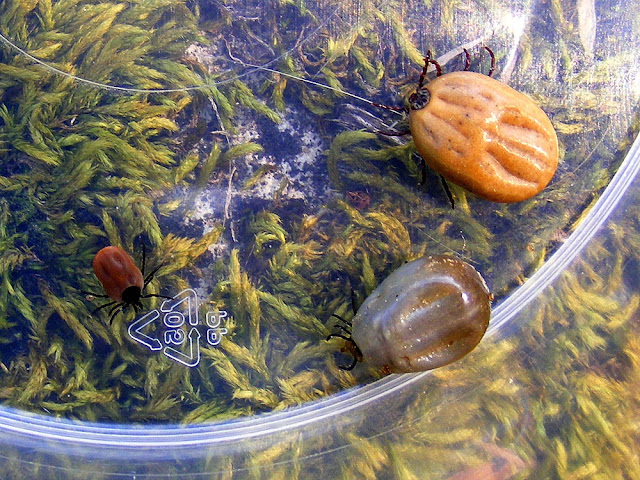
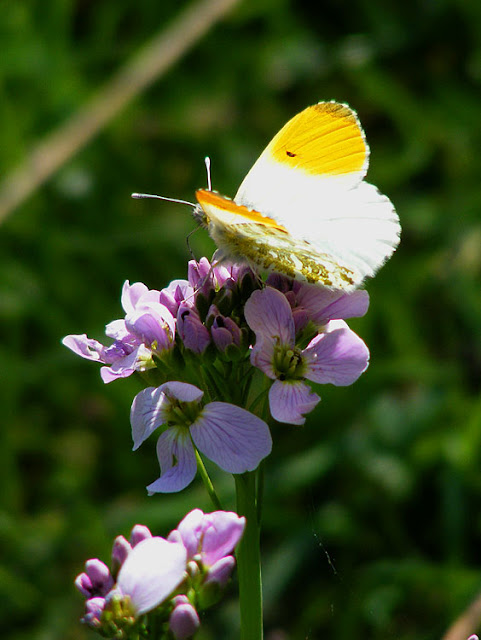
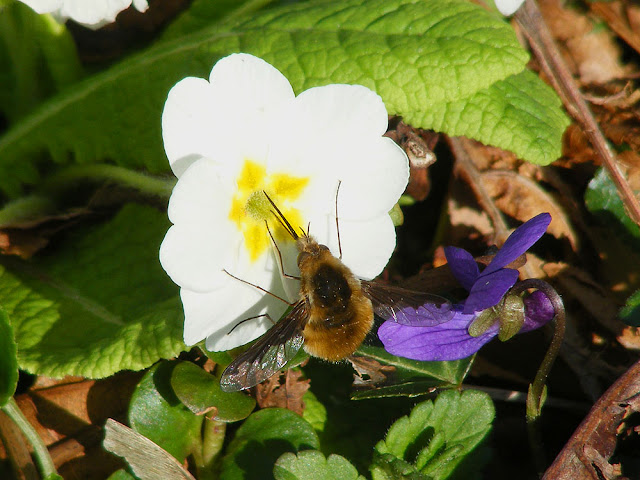
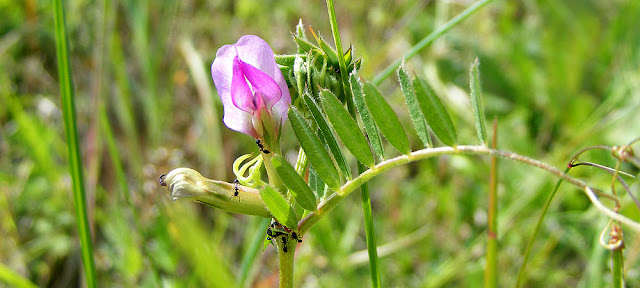
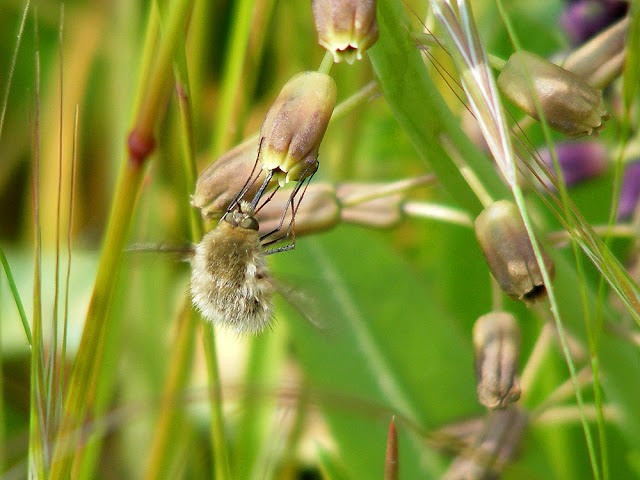
2 comments:
In the third photo, why the tick on the left is called Castor Bean in English [Ricin in French] and Tique du mouton in French [sheep in English] ? Is Castor Bean - Ricin - the host plant of that tick?
I assume the English name describes what it looks like, the French name describes what it does
Post a Comment